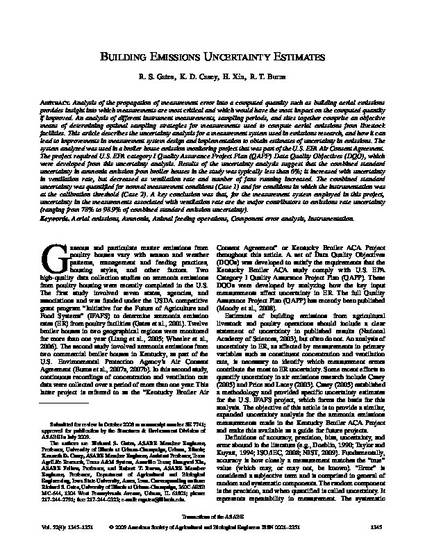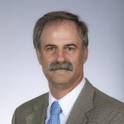
Analysis of the propagation of measurement error into a computed quantity such as building aerial emissions provides insight into which measurements are most critical and which would have the most impact on the computed quantity if improved. An analysis of different instrument measurements, sampling periods, and sites together comprise an objective means of determining optimal sampling strategies for measurements used to compute aerial emissions from livestock facilities. This article describes the uncertainty analysis for a measurement system used in emissions research, and how it can lead to improvements in measurement system design and implementation to obtain estimates of uncertainty in emissions. The system analyzed was used in a broiler house emission monitoring project that was part of the U.S. EPA Air Consent Agreement. The project required U.S. EPA category I Quality Assurance Project Plan (QAPP) Data Quality Objectives (DQO), which were developed from this uncertainty analysis. Results of the uncertainty analysis suggest that the combined standard uncertainty in ammonia emission from broiler houses in the study was typically less than 6%; it increased with uncertainty in ventilation rate, but decreased as ventilation rate and number of fans running increased. The combined standard uncertainty was quantified for normal measurement conditions (Case 1) and for conditions in which the instrumentation was at the calibration threshold (Case 2). A key conclusion was that, for the measurement system employed in this project, uncertainty in the measurements associated with ventilation rate are the major contributors to emissions rate uncertainty (ranging from 78% to 98.9% of combined standard emission uncertainty).
Available at: http://works.bepress.com/richard-gates/35/

This article is from Transactions of the ASABE 52, no. 4 (2009): 1345–1351.